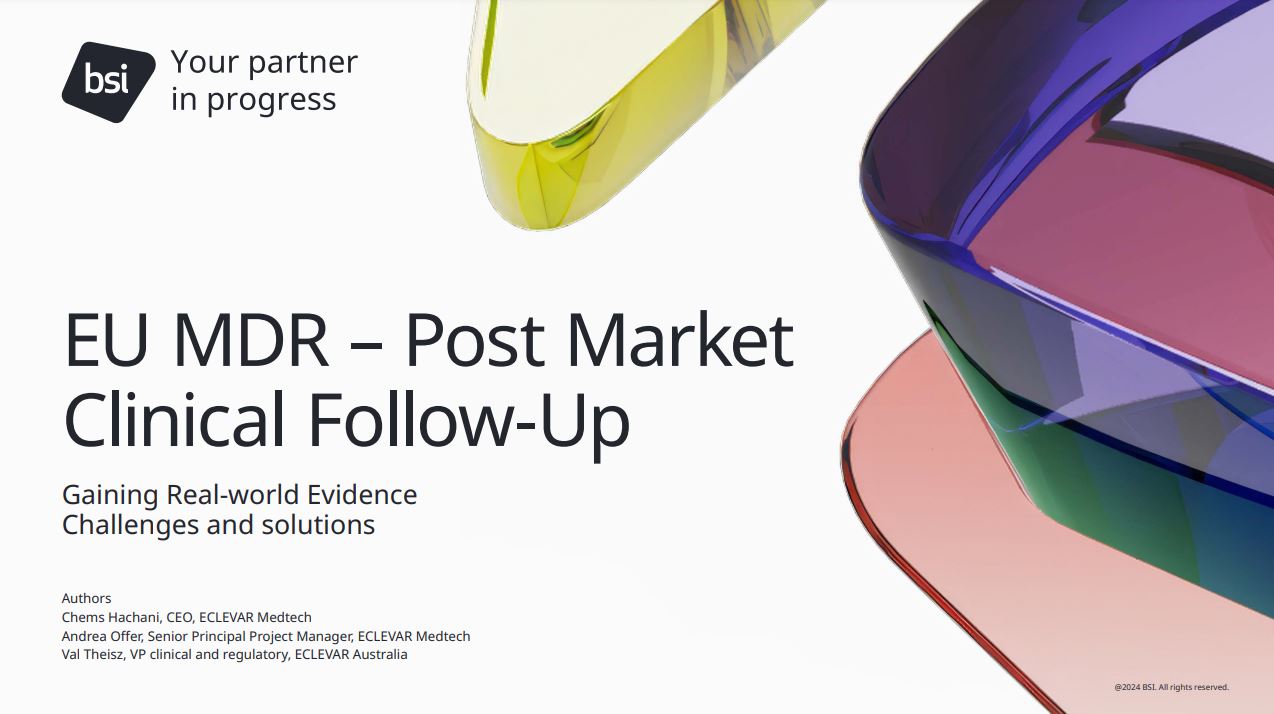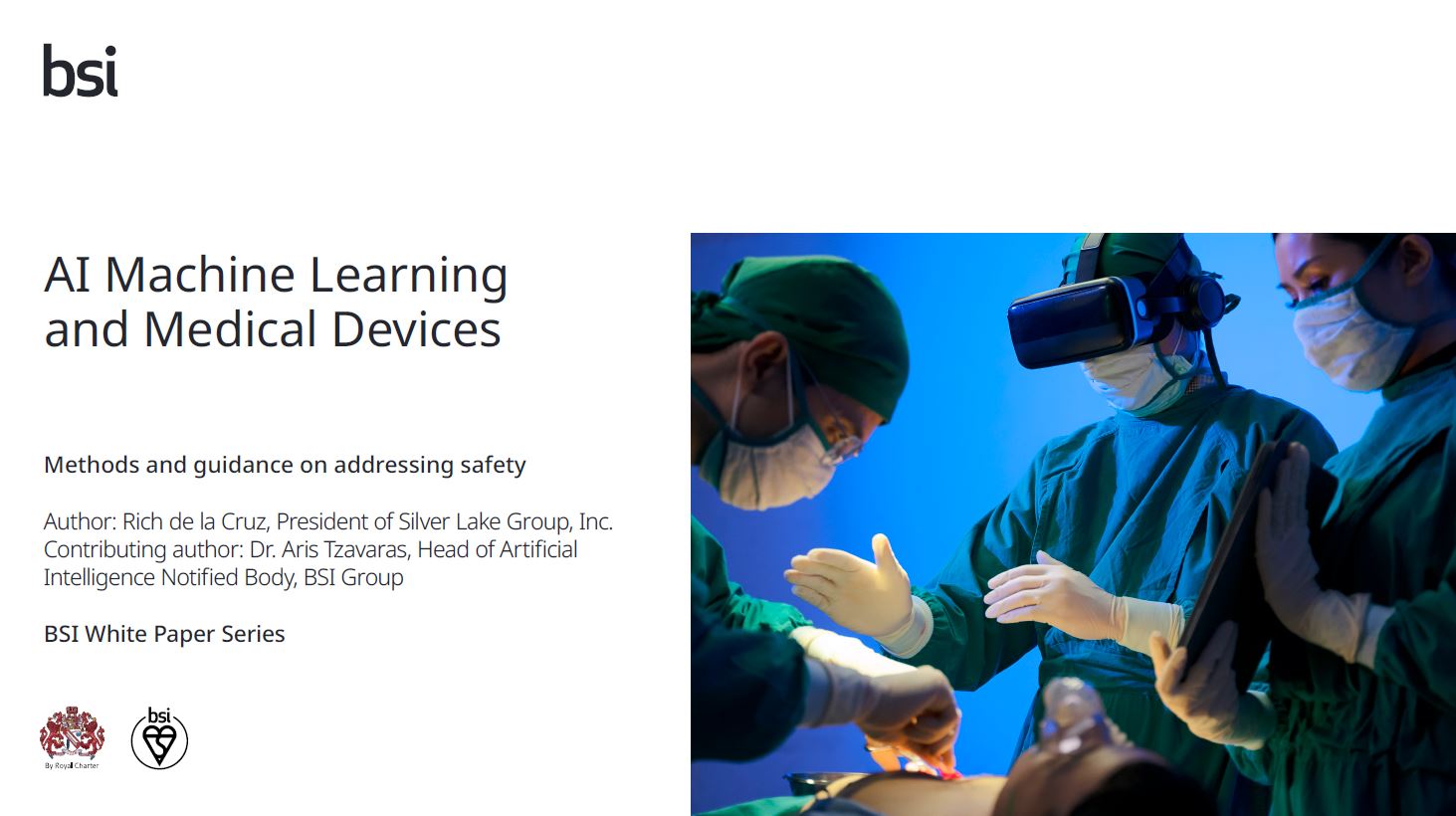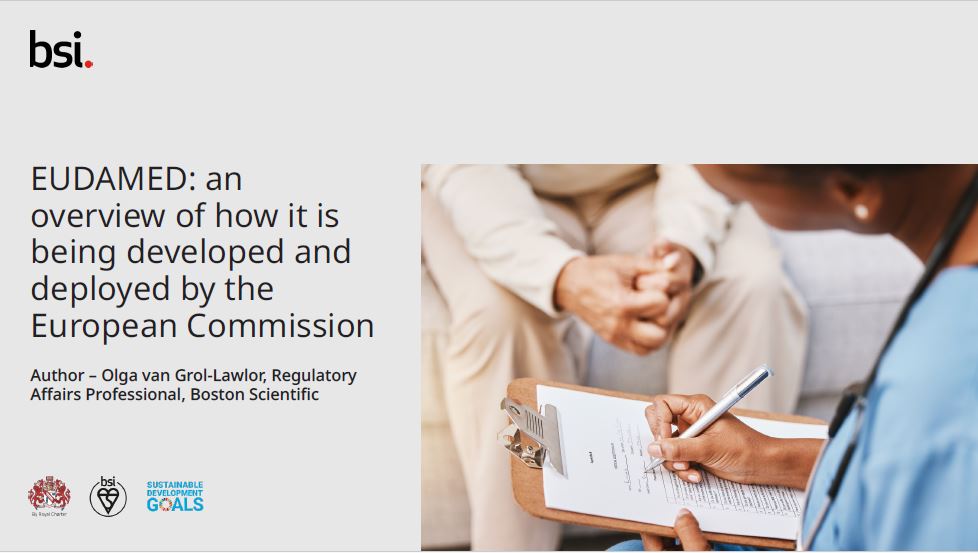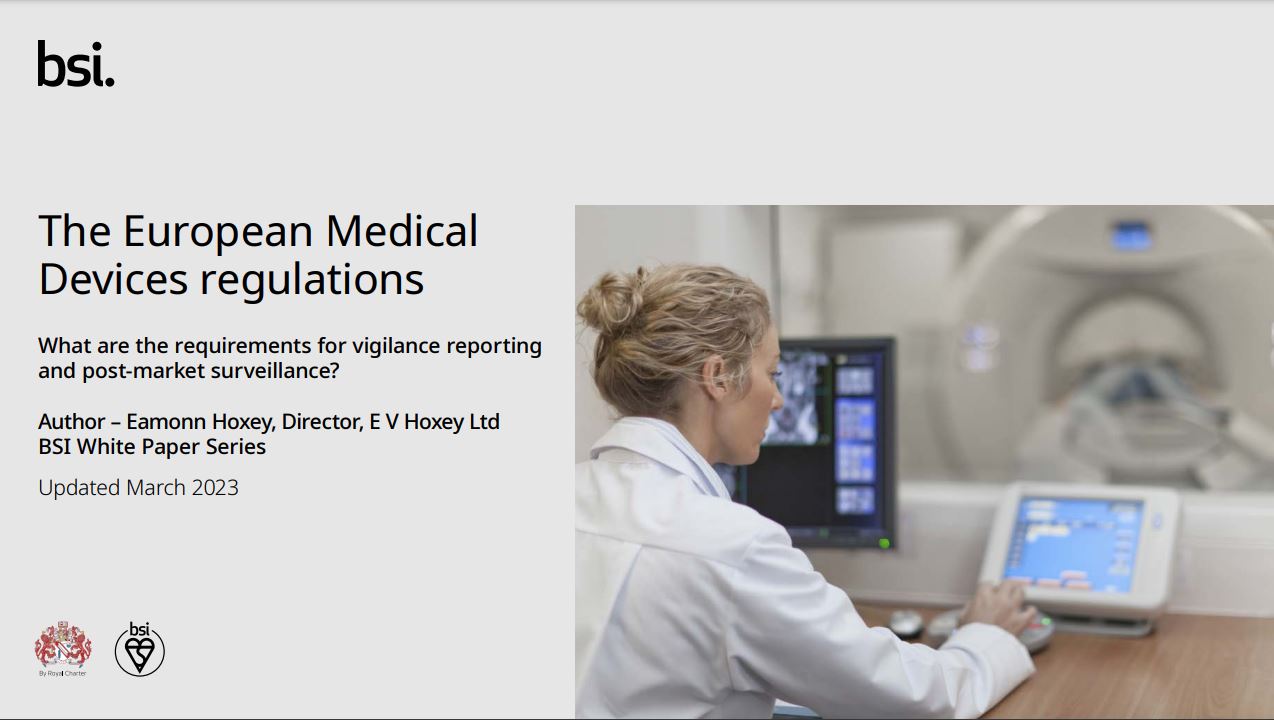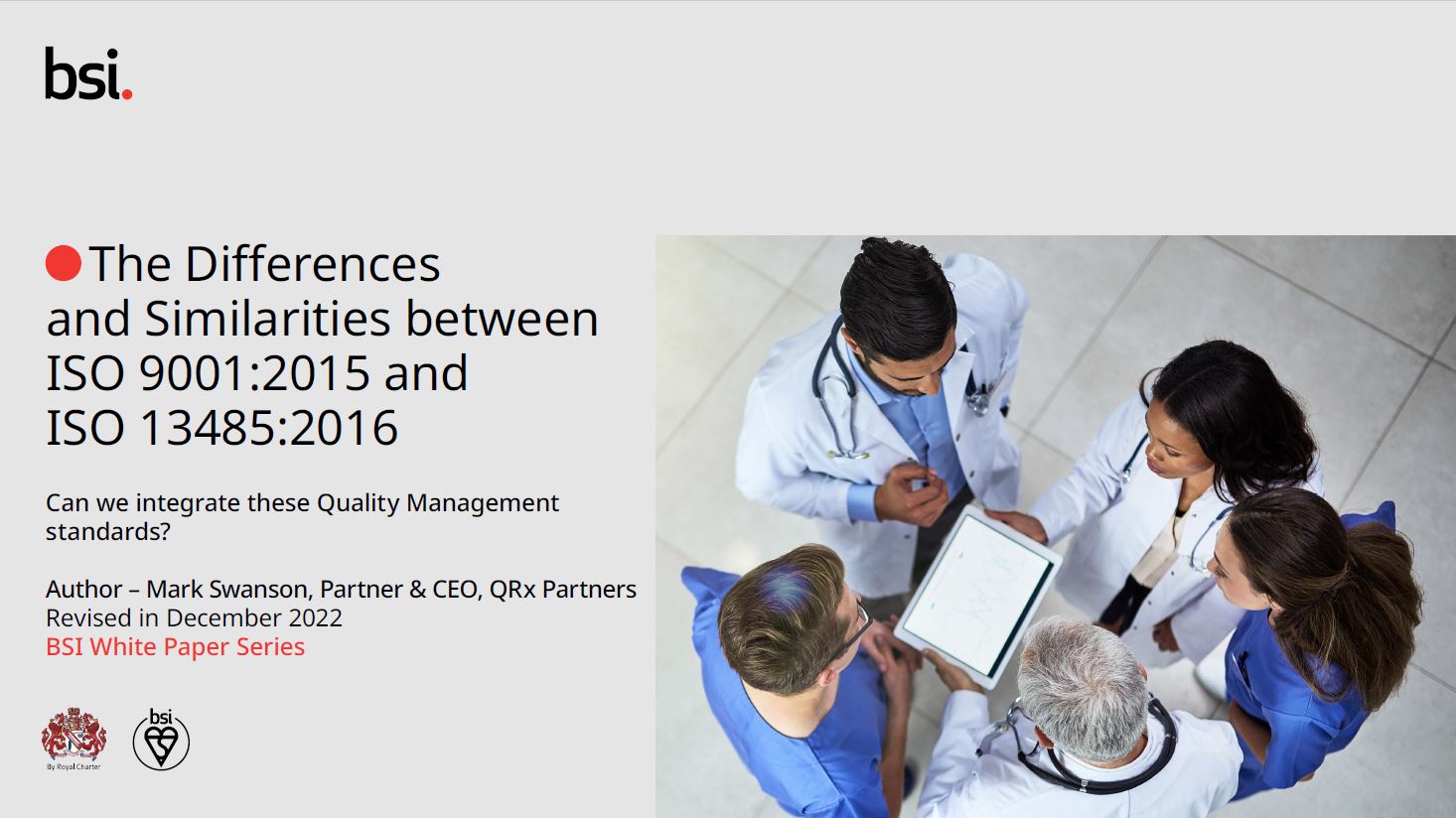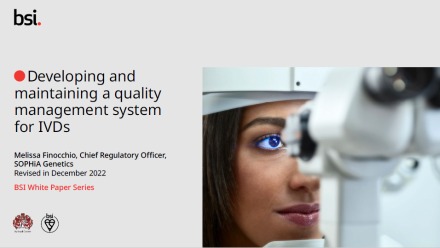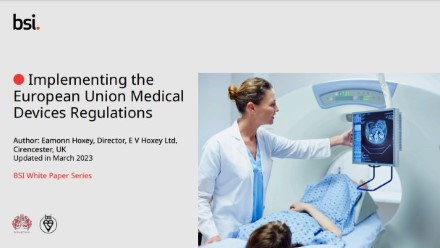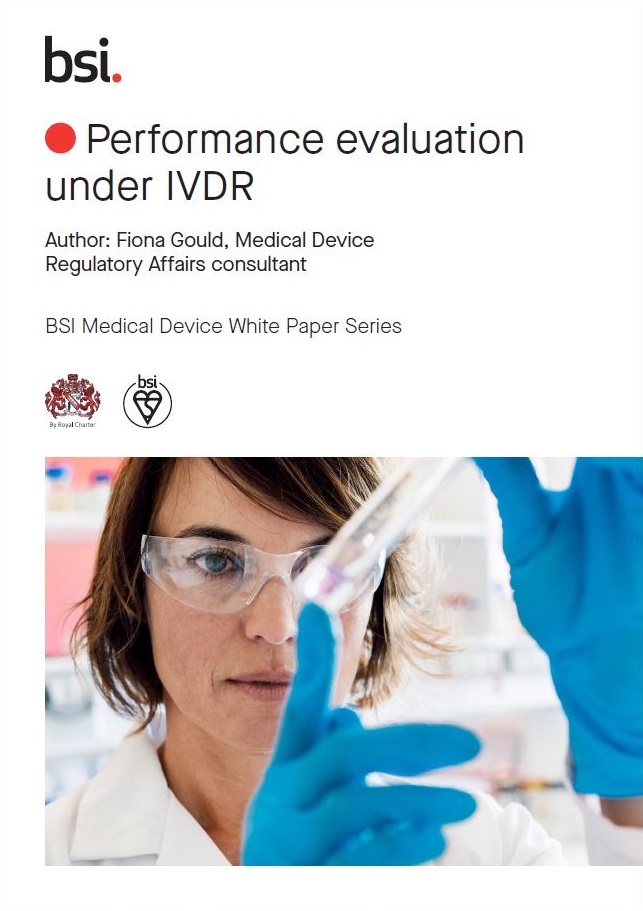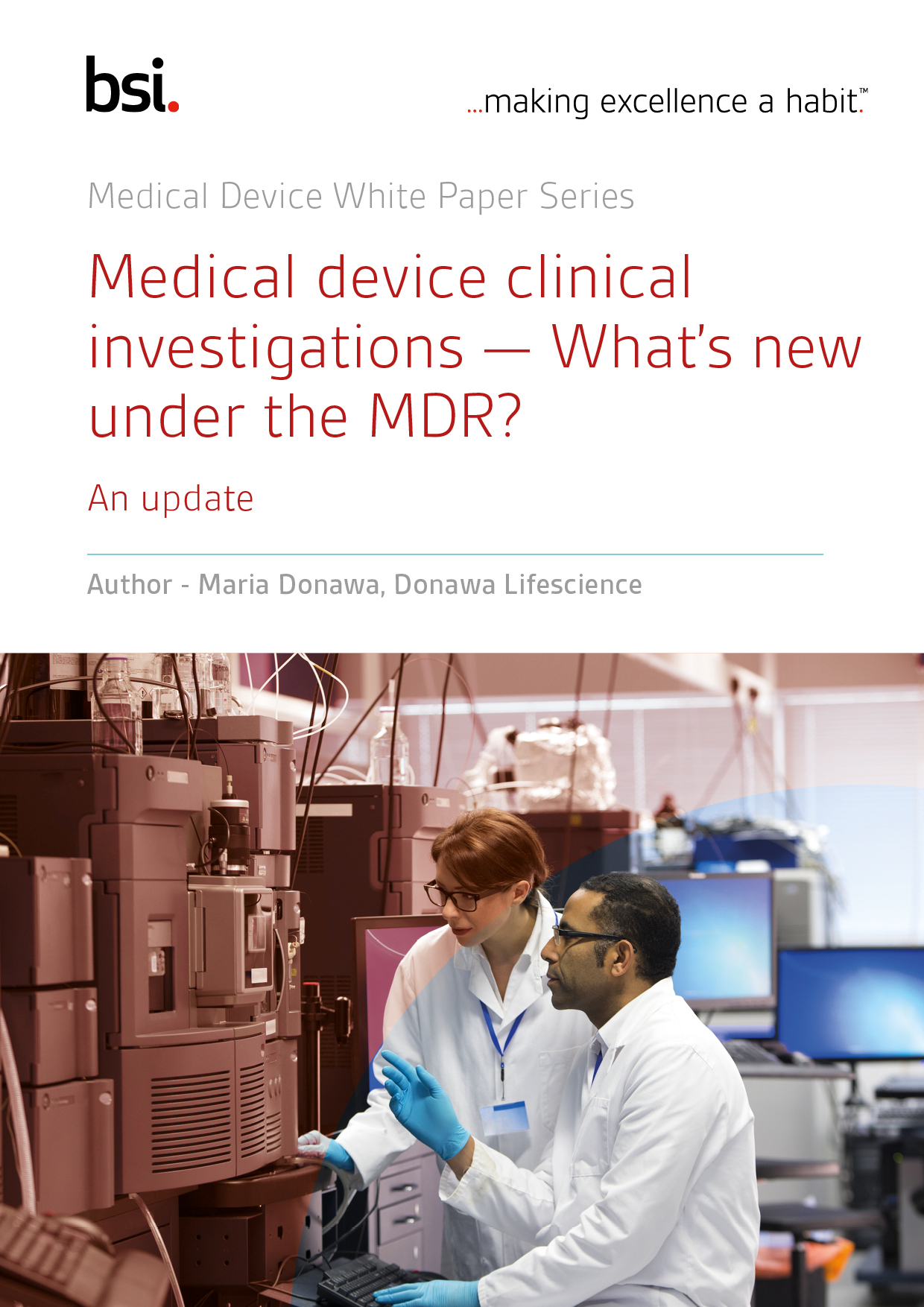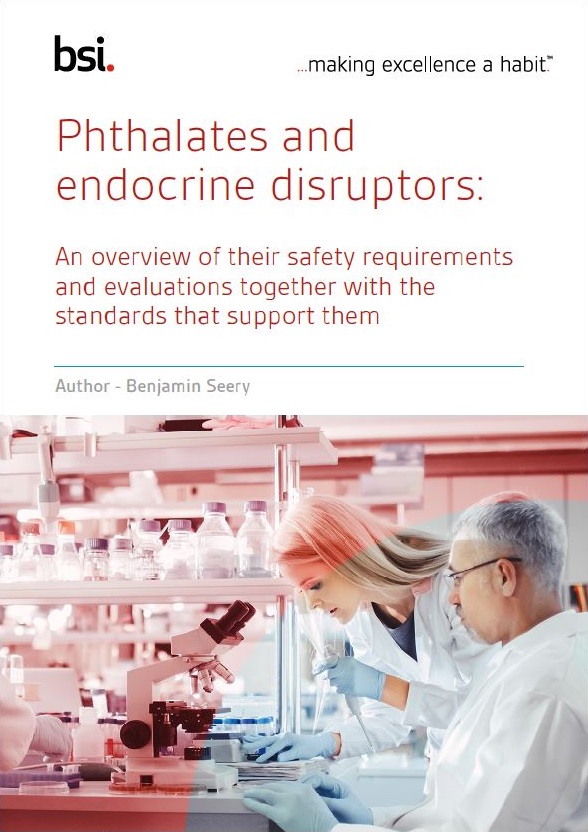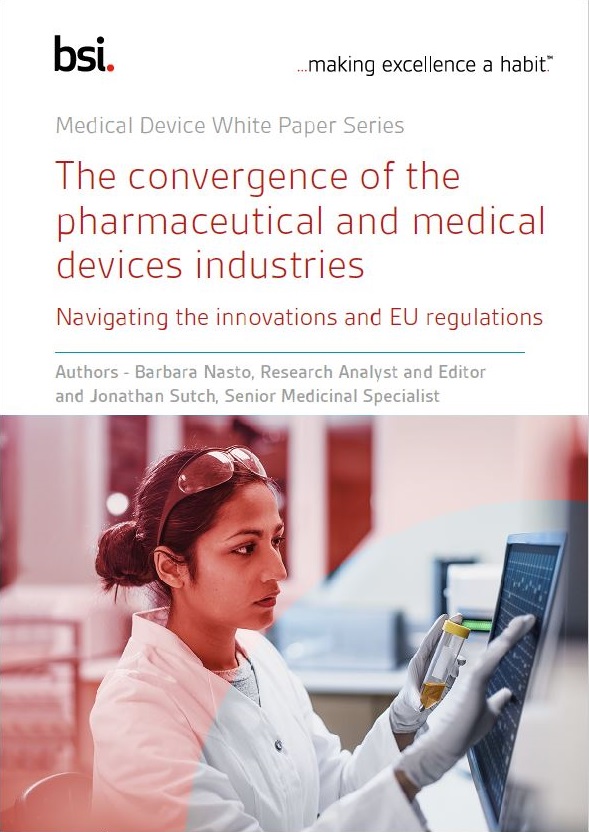EU MDR – Post Market Clinical Follow-Up
After a medical device is CE marked, the manufacturer is required to set-up, implement, and maintain a Post-Market Surveillance (PMS) System and carry out PMS activities over the whole life cycle of a medical device, as defined in European Medical Device Regulation 2017/745 (EU-MDR) Article 2 (60), with requirements as per Chapter VII Section I, Articles 83 through 86. Detailed requirements for a PMS System are given in Article 83.3. Further guidance is given in PD CEN ISO/TR 20416:2020, Medical devices — Postmarket surveillance for manufacturers, which aligns the PMS process with BS EN ISO 13485:2016+A11:2021, Medical Devices — Quality Management Systems — Requirements for Regulatory Purposes, and BS EN ISO 14971:2019+A11:2021, Medical devices — Application of risk management to medical devices.

